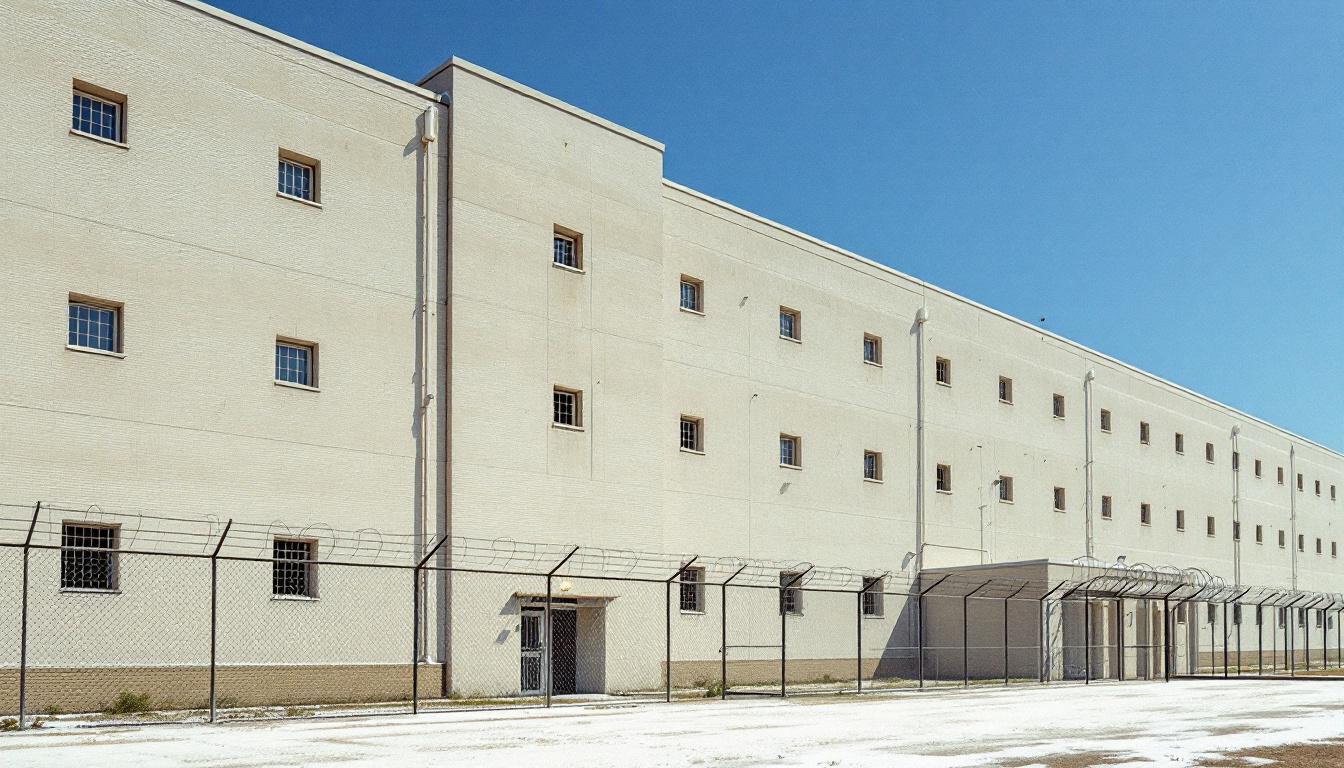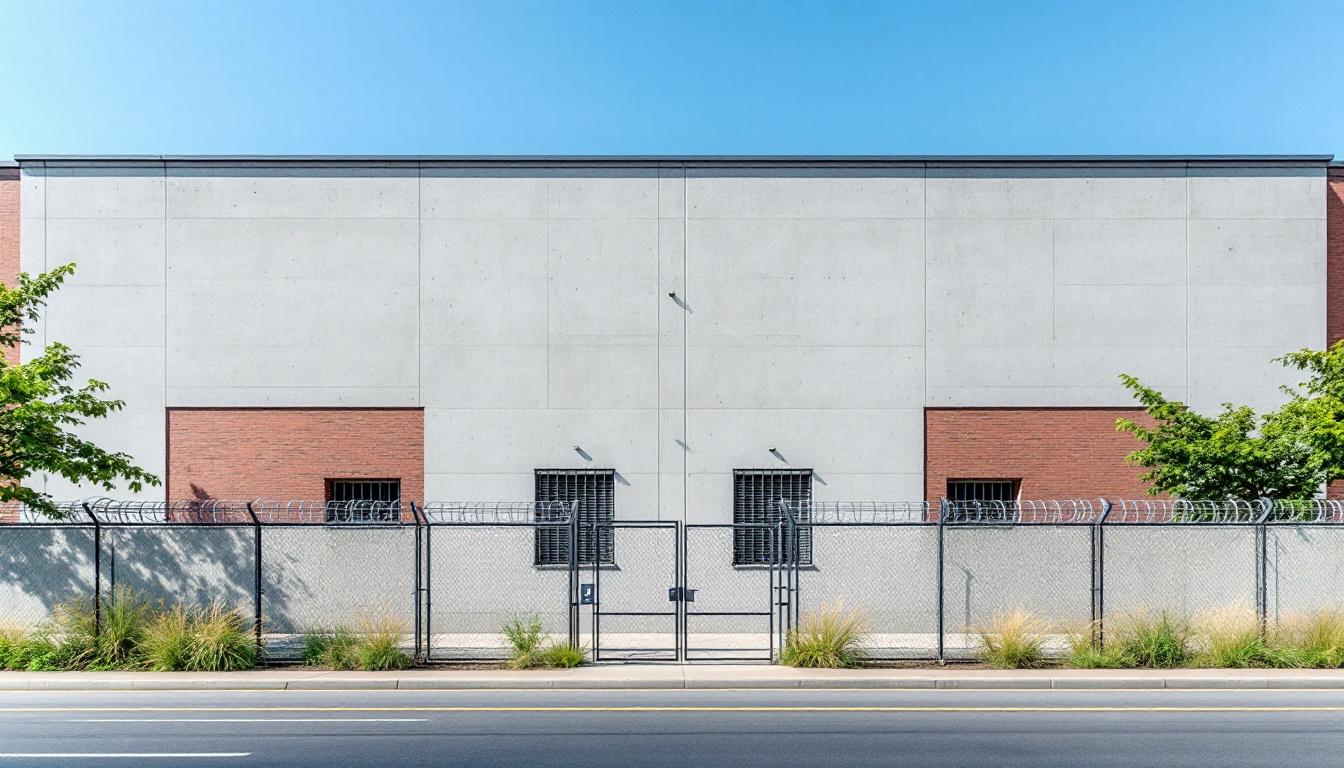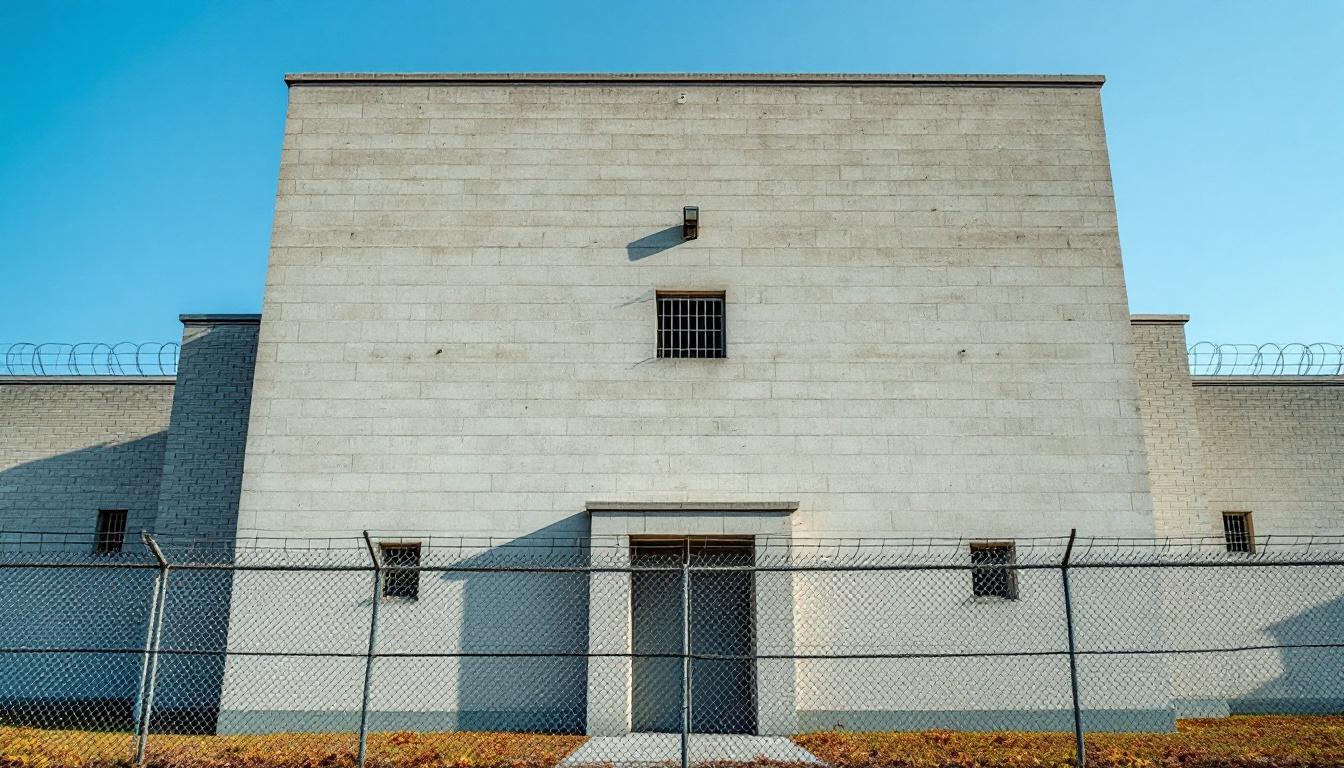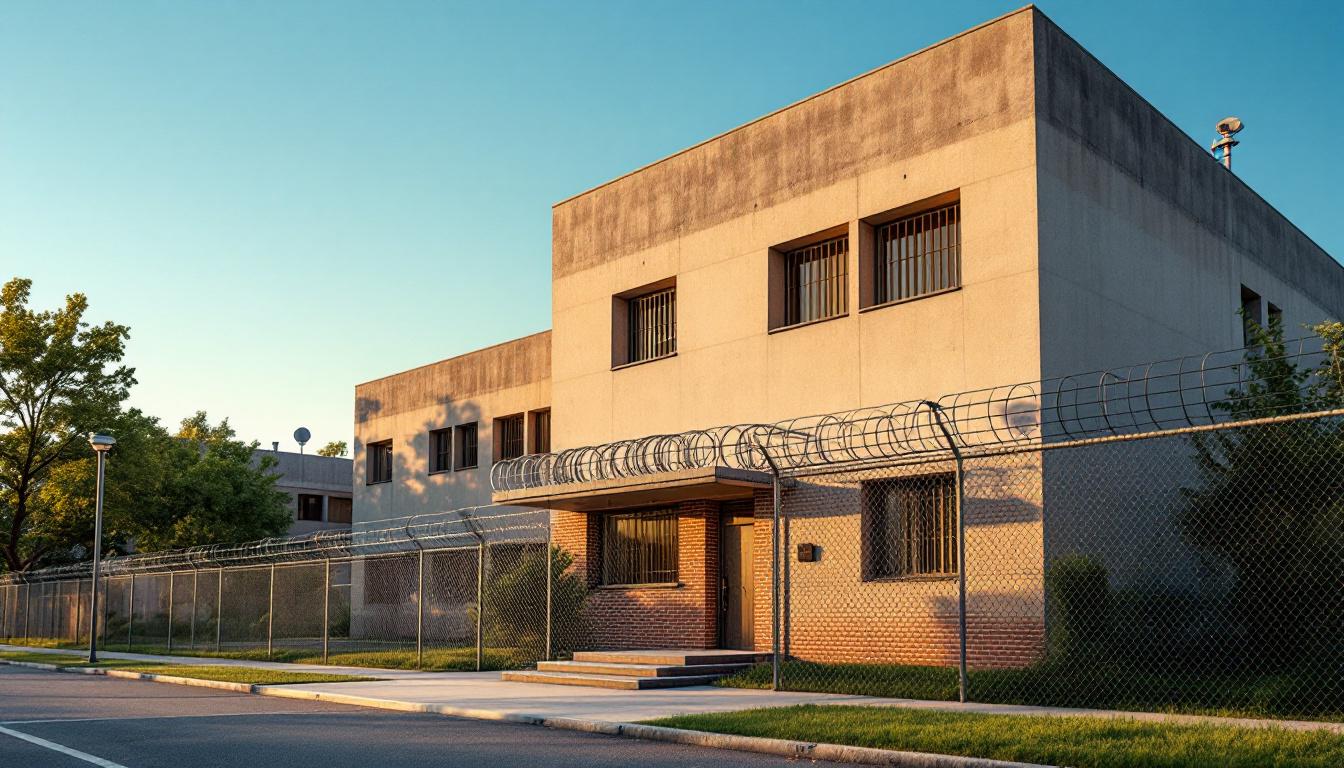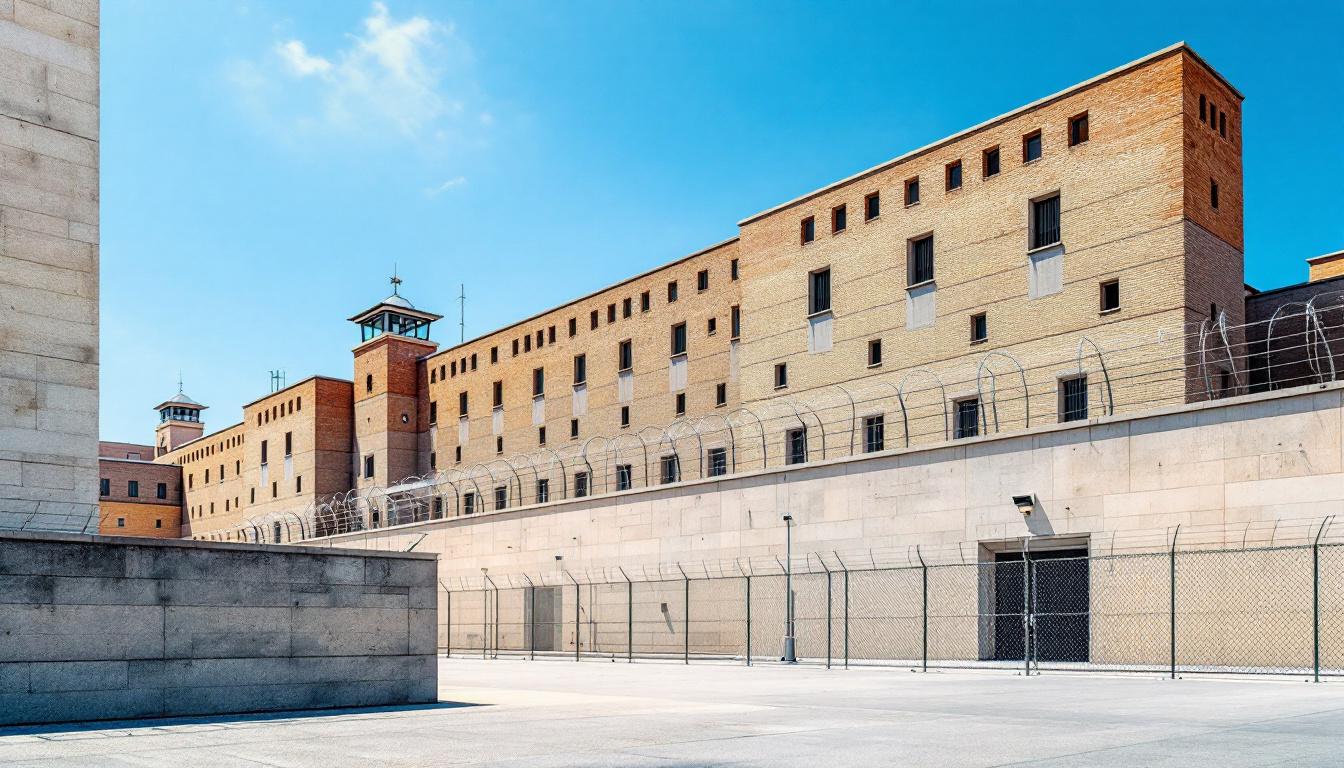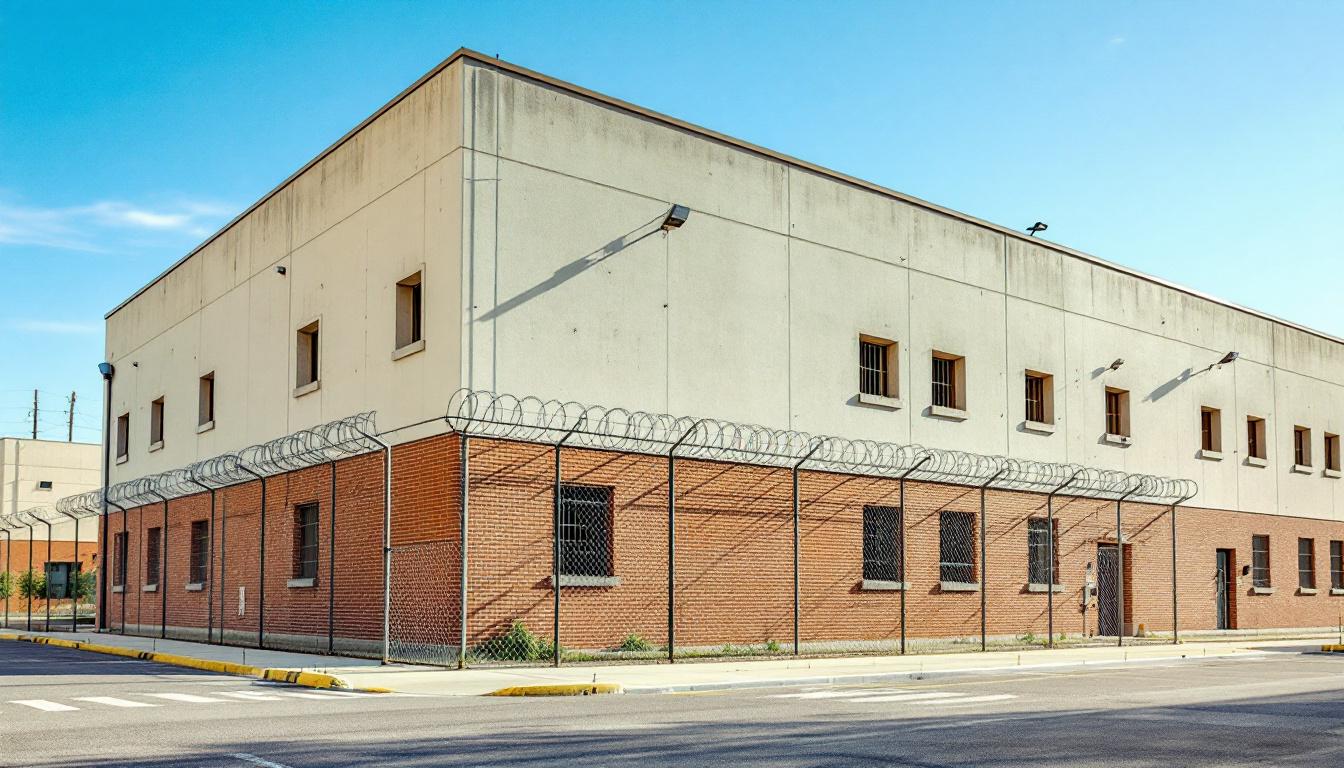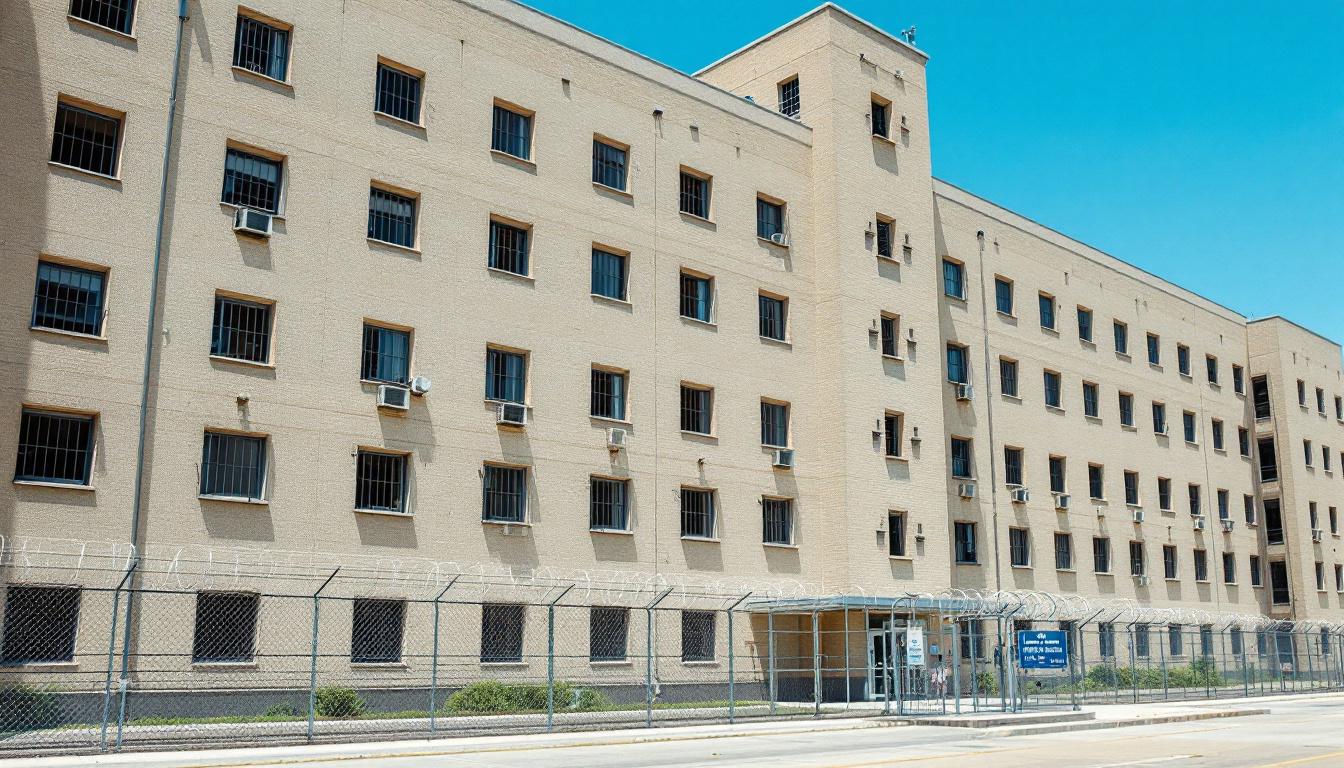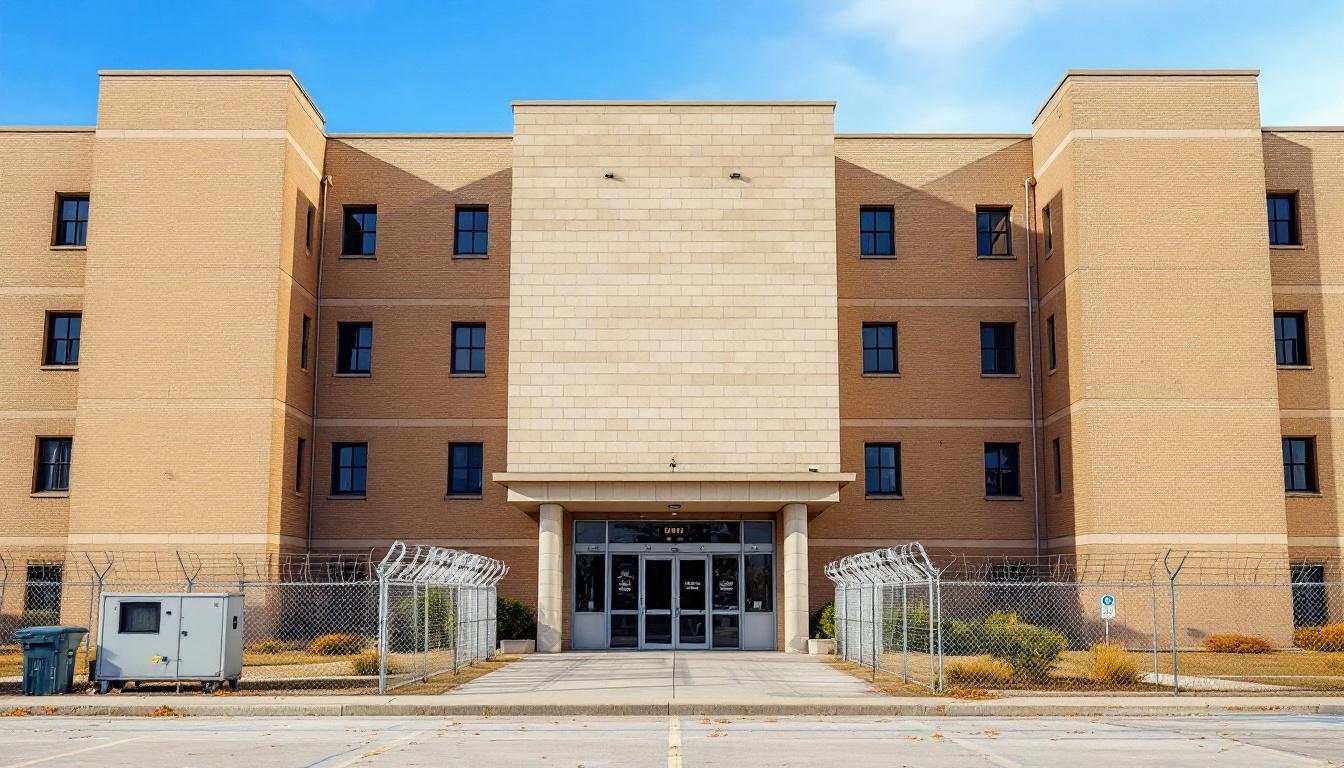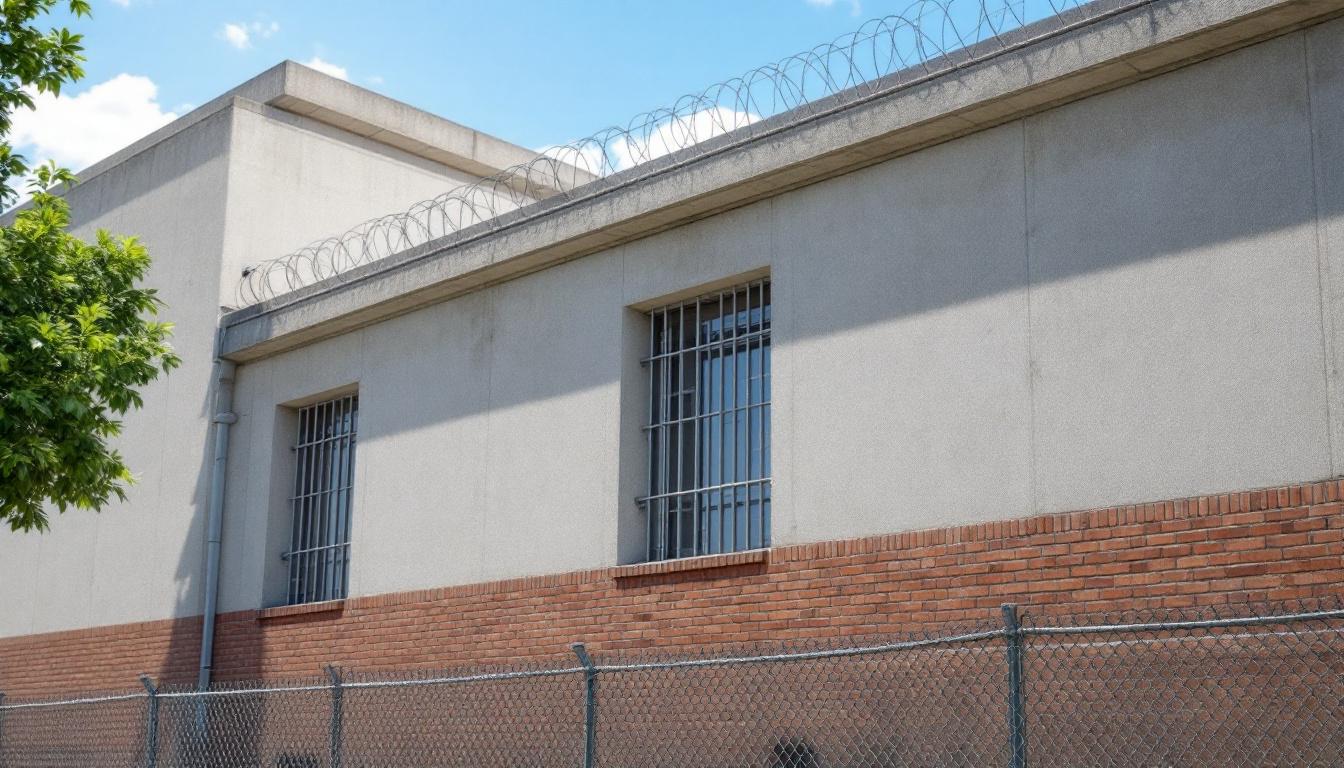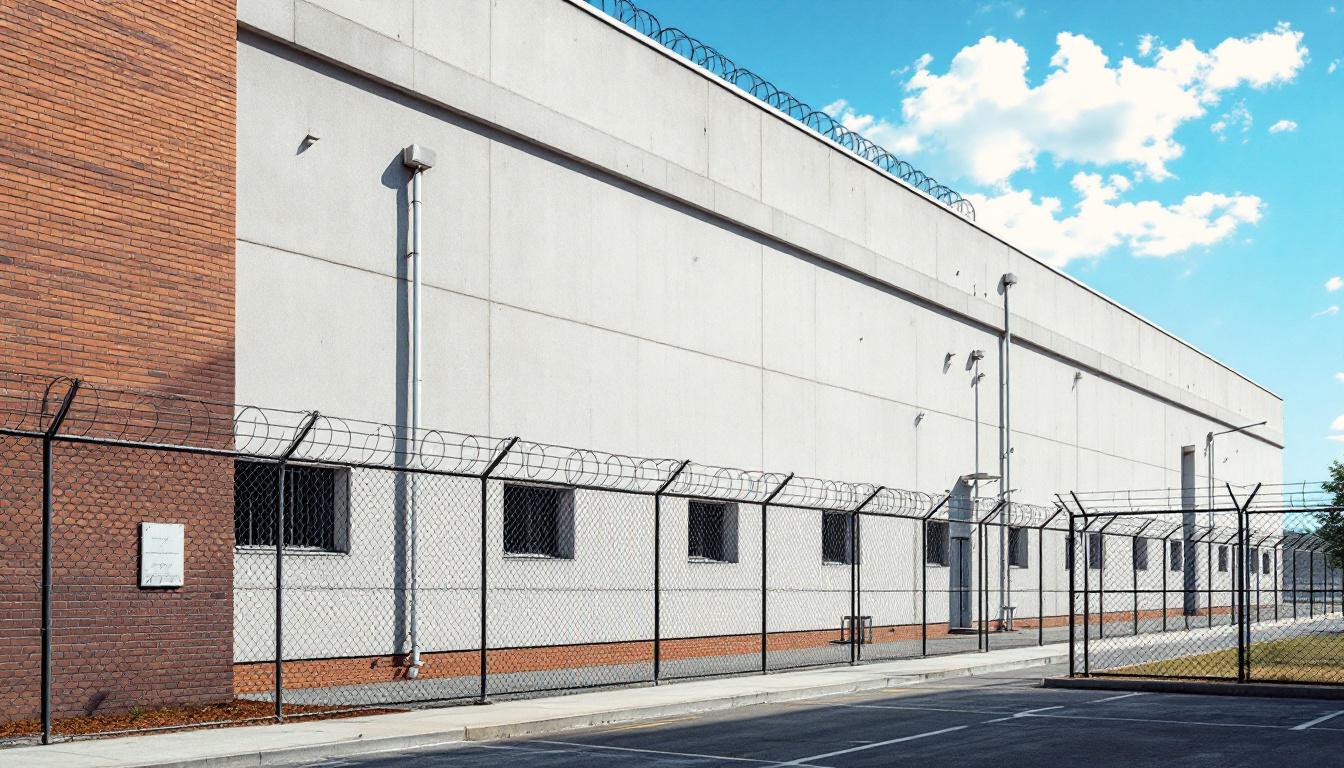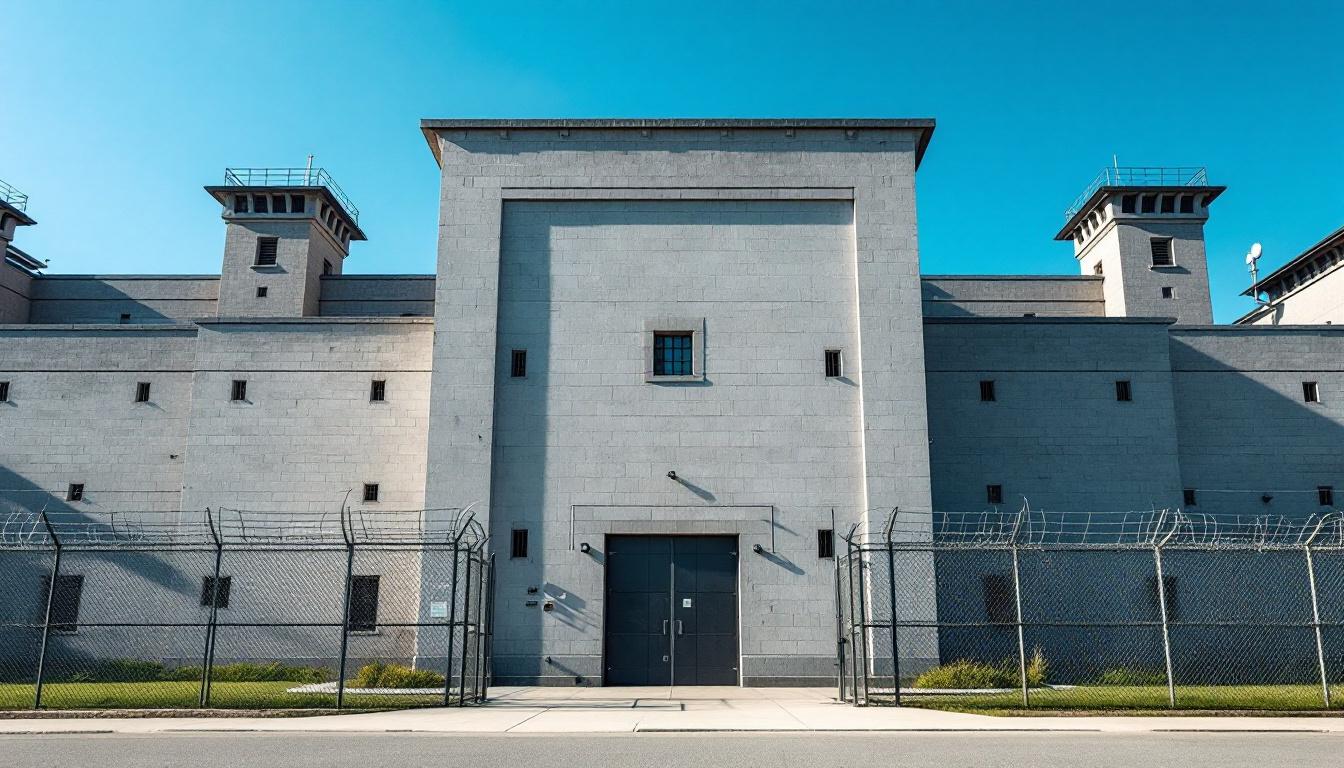
Quick Navigation
How to contact an inmate at High Desert State Prison
This comprehensive guide will walk you through how to connect with an inmate at High Desert State Prison. Follow the steps below to find an inmate and send letters and photos:
- Search for the inmate using our search tool below
- Create your account or log in to Penmate
- Write your message (up to 6,000 characters)
- Send instantly - inmates receive printed copies daily
Find an Inmate
Search for an inmate to start communicating today
Tip: You can search by first name, last name, or inmate ID number
To contact a person at High Desert State Prison start by searching for the person on the official facility website. Perform a search by following these steps:
- Step 1: Enter their first name and last name into the search form and click "Search"
- Step 2: Locate their inmate record
- Step 3: Write down their Inmate ID and any housing information provided
Important! Be sure to enter the person's full name. Nicknames should not be used.
How to Send Messages to Inmates

You can use your phone or computer to send emails, letters, and photos to an inmate. Messages are sent electronically to inmate tablets or kiosks at the facility. If you would like to send a message, start by searching for an inmate at High Desert State Prison.
Sending Photos and Postcards

A great way to send love and support to a loved one at High Desert State Prison is to send photos and postcards. It only takes a few minutes to send photos from your phone and it makes a huge difference. You can also mail postcards with words of support and inspiration, or design your own postcard for special moments like birthdays and holidays.
Important! Be sure not to send any explicit photos or they may not be approved by the facility. You can also use a photo printing app like Penmate to make sure your photos are printed at the correct size (4x6 or 3x5) and are mailed according to the rules and regulations of High Desert State Prison.
Frequently asked questions about High Desert State Prison
-
How long does it take to deliver a message?
If you're sending an email message your letter is usually delivered within 24-48 hours. For messages sent via mail you should expect delivery within 3-7 days. All messages will need be approved by High Desert State Prison.
-
How much does it cost to send a message to High Desert State Prison?
You can send a message free using your phone or mail a message via USPS for the price of a $0.60 stamp and envelope. You can also purchase credits or e-stamps from services starting at $1.99.
-
What services can I use to contact an inmate at High Desert State Prison?
Penmate
You can use Penmate to send letters and photos to an inmate from your phone. It's an easy way to stay in touch during your loved one's incarceration. Use the inmate locator to find an inmate's location and contact information, then you can send messages within a few minutes.
Securus messaging
Securus may be another option for communicating with an inmate at High Desert State Prison. You can create a friends and family account and purchase credits to send messages. All messages will be reviewed and must be approved by the facility.
JPay
Some county jails and state prisons may support sending messages with JPay. You must register an account with the system, find your loved one, and purchase stamps to send messages. For some locations you can also attach photos.
Smart Jail Mail
You may also check if Smart Jail Mail is available at High Desert State Prison. Smart Jail Mail is operated by Smart Communications and has contracted with some state and county jails. After purchasing credits, your messages and photos are sent to the facility, printed out, and then handed out to your loved one.
-
What is the mailing address of High Desert State Prison?
Mailing address:
High Desert State Prison
475-750 Rice Canyon Rd
Susanville, CA 96130
Phone: (530) 251-5100Business hours:
- Monday: Open 24 hours
- Tuesday: Open 24 hours
- Wednesday: Open 24 hours
- Thursday: Open 24 hours
- Friday: Open 24 hours
- Saturday: Open 24 hours
- Sunday: Open 24 hours
-
What are the visiting hours at High Desert State Prison?
Visiting hours at High Desert State Prison vary by housing unit and security level. Generally, visits are scheduled on weekends and holidays, with some facilities offering weekday visits. Contact the facility directly at (530) 251-5100 or check their website for the current visiting schedule. Visits typically last 30-60 minutes and must be scheduled in advance.
-
What items are prohibited when sending mail to High Desert State Prison?
Prohibited items typically include: cash, personal checks, stamps, stickers, glitter, glue, tape, staples, paperclips, polaroid photos, musical or blank greeting cards, hardcover books, magazines with staples, and any items containing metal or electronics. Only send letters on plain white paper with blue or black ink. Photos must be printed on regular photo paper (no Polaroids). Always check with High Desert State Prison for their specific mail policies.
-
How do I send money to an inmate at High Desert State Prison?
You can send money to an inmate at High Desert State Prison through several methods: 1) Online using JPay, Access Corrections, or the facility's approved vendor, 2) Money orders mailed directly to the facility with the inmate's name and ID number, 3) Kiosks located in the facility lobby, or 4) Over the phone using a credit or debit card. Fees vary by method, typically ranging from $2.95 to $11.95 per transaction.
-
Can I schedule a video visit with an inmate at High Desert State Prison?
Many facilities now offer video visitation as an alternative to in-person visits. At High Desert State Prison, video visits may be available through services like Penmate, Securus Video Connect, GTL, or ICSolutions. Video visits typically cost $10-20 for 20-30 minutes and must be scheduled in advance. You'll need a computer or smartphone with a camera and reliable internet connection. Contact the facility for their specific video visitation policies and approved vendors.
-
What identification do I need to visit an inmate at High Desert State Prison?
All visitors must present valid government-issued photo identification such as a driver's license, state ID, passport, or military ID. Minors must be accompanied by a parent or legal guardian who can provide the minor's birth certificate. Some facilities require visitors to be on the inmate's approved visitation list, which may require a background check. Contact High Desert State Prison for specific ID requirements and visitor approval procedures.
-
How can I find out an inmate's release date?
To find an inmate's release date at High Desert State Prison, you can: 1) Use the online inmate search tool if available, 2) Call the facility's records department, 3) Contact the inmate's case manager or counselor, or 4) Have the inmate provide this information during a call or visit. For privacy reasons, some facilities only release this information to immediate family members.
Facility Overview
Contact Information
High Desert State Prison475-750 Rice Canyon Rd
Susanville, CA 96130
Phone: (530) 251-5100
Official Website
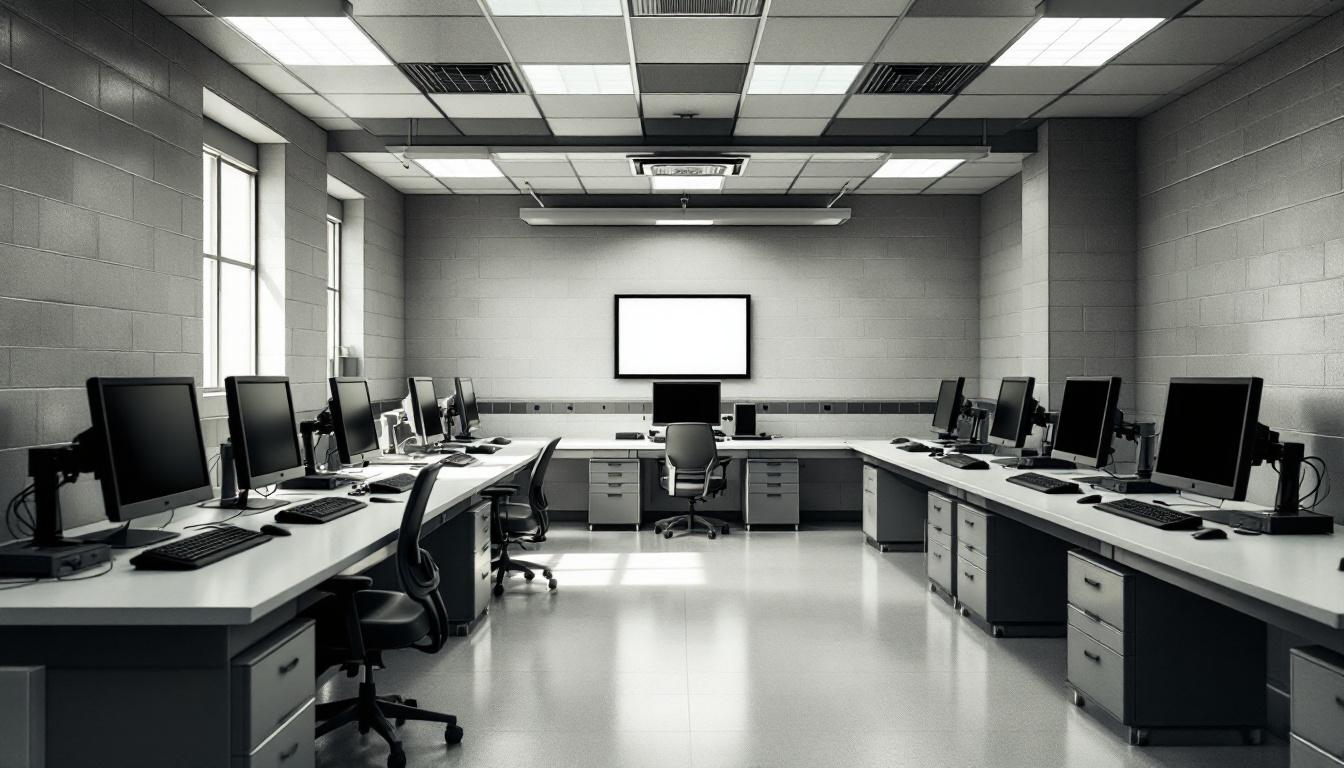
About High Desert State Prison
Serving California's correctional system, Calipatria State Prison operates as a comprehensive correctional facility based in Calipatria, California. The institution maintains multiple housing facilities (A through D) along with specialized units including a Medical Services Facility (MSF), Fire House (FH), and Administrative Segregation Unit (ASU), demonstrating a structured approach to inmate classification and housing management. Located at 7018 Blair Road in the Imperial Valley region, the facility accommodates incarcerated individuals within a secure environment designed to support both custody operations and rehabilitative programming.
The prison typically emphasizes safety and security through its multi-facility structure, which allows for appropriate classification and separation of different inmate populations. Administrative segregation services are available through scheduled telephonic appointments on Wednesdays, reflecting the facility's structured approach to managing higher-security housing needs. The institution's location in Calipatria, a small city in Imperial County near the Salton Sea, provides a controlled environment while maintaining accessibility for family visits and staff operations.
Educational and vocational opportunities form a significant component of the facility's programming, with offerings that may include Adult Basic Education, GED preparation, and vocational training through partnerships with recognized certification programs. The institution typically provides various support services including recreational activities, library access, and substance use disorder treatment programs. With multiple mailing addresses for different facility sections and specialized services, the prison maintains organized communication channels for legal correspondence, inmate funds, and general institutional matters.
Programs & Services
The National Center for Construction Education & Research (NCCER) certification programs at Calipatria State Prison provide hands-on training in high-demand trades including carpentry, heating ventilation and air conditioning (HVAC), electrical work, electronics, and computer literacy. These vocational programs work alongside academic offerings such as Adult Basic Education and General Education Development (GED) preparation to create comprehensive educational pathways. The facility's Integrated Substance Use Disorder Treatment (ISUDT) program addresses rehabilitation needs through evidence-based approaches, while additional resources include four televised education program channels and volunteer literacy programs with peer tutoring support.
Educational opportunities extend beyond the core curriculum through college correspondence courses and various correspondence programs that allow incarcerated individuals to pursue higher learning goals. The facility typically maintains both law library and recreational library services to support legal research and personal development. Recreational activities may include structured programs designed to promote physical wellness and social skills development.
Support services at the facility often include counseling programs, mental health services, and reentry preparation assistance to help individuals transition successfully back to their communities. The institution may also offer religious services, family support programs, and various volunteer-led initiatives that connect incarcerated individuals with community resources. These comprehensive programs work together to address educational, vocational, therapeutic, and personal development needs during incarceration.
Daily Life & Visitation
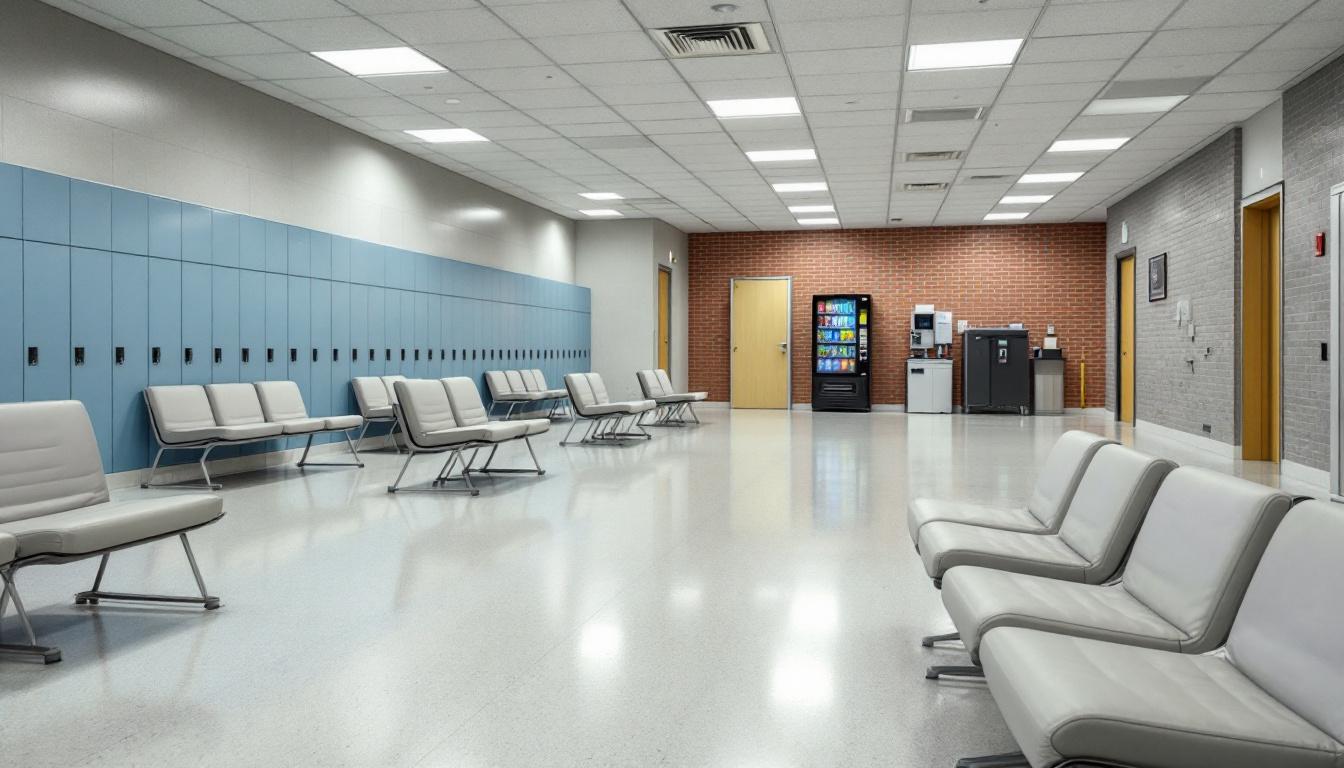
The structured routine at Calipatria State Prison begins early each morning, with inmates housed across multiple facilities designated A through D, each with its own mailing address system that reflects the institution's organized approach to managing its population. Located on Blair Road in California's Imperial Valley, the facility operates with specific scheduling protocols, including designated visiting hours and telephonic access for those in Administrative Segregation units on Wednesdays from 8:00 AM to 12:00 PM.
Communication with family and friends typically follows established procedures, with visitors able to access information through the dedicated visitor line at 1-800-374-8474. The institution maintains separate mailing addresses for different purposes, including legal correspondence and inmate funds, ensuring that personal connections can be maintained through various channels. Inmates may participate in recreational activities and access both law library and recreational library services as part of their structured daily schedule.
Educational and vocational opportunities form a significant component of the daily routine, with inmates potentially enrolled in programs ranging from Adult Basic Education and GED preparation to specialized vocational training in carpentry, HVAC, electrical work, and electronics through NCCER certification programs. The facility offers four televised education channels and volunteer literacy programs, while substance use disorder treatment through the Integrated Substance Use Disorder Treatment (ISUDT) program may be available for eligible participants. These structured activities typically occur during designated hours throughout the week, providing inmates with opportunities for skill development and personal growth within the institutional setting.
Ready to Connect?
Start communicating with your loved one today
Search for an Inmate
